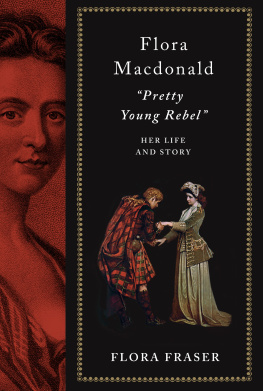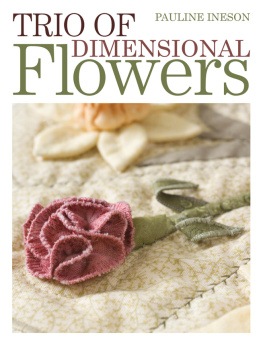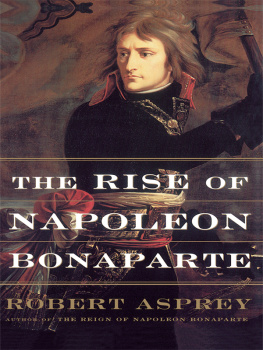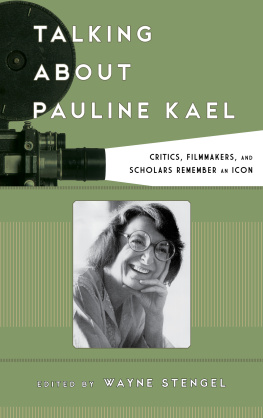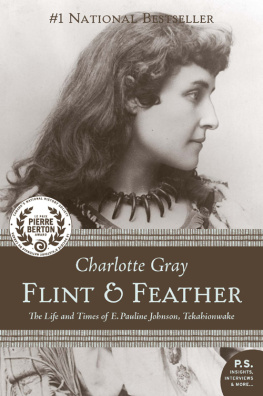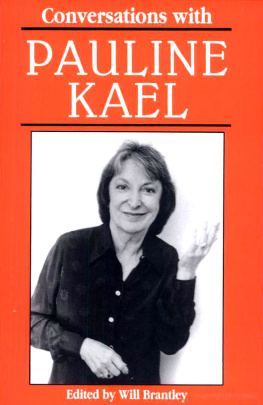Princesses
Beloved Emma
The Unruly Queen
Venus of Empire
THE LIFE OF PAULINE BONARPARTE
Flora Fraser

First published in Great Britain in 2009 by John Murray (Publishers)
Copyright 2009 Flora Fraser
This electronic edition published 2013 by Bloomsbury Publishing Plc
The right of Flora Fraser to be identified as the author of this work has been asserted by her in accordance with the Copyright, Designs and Patents Act 1988
All rights reserved. You may not copy, distribute, transmit, reproduce or otherwise make available this publication (or any part of it) in any form, or by any means (including without limitation electronic, digital, optical, mechanical, photocopying, printing, recording or otherwise), without the prior written permission of the publisher. Any person who does any unauthorised act in relation to this publication may be liable to criminal prosecution and civil claims for damages.
Bloomsbury Publishing London, New Delhi, New York, Sydney
50 Bedford Square, London WC1B 3DP
A CIP catalogue record for this book is available from the British Library
ISBN 978-1-4088-3255-4
Family Tree London Calligraphy Lettering
www.calligraphystudio.co.uk
www.bloomsbury.com
Visit www.bloomsbury.com to find out more about our authors and their books.
You will find extracts, author interviews, author events and you can sign up for newsletters to be the first to hear about our latest releases and special offers
One evening after dark in Rome some time ago I was walking with my husband between the via del Corso and the Tiber, and we stopped in a little piazza to let a car enter through the gateway of a massive palazzo. We saw, briefly illuminated within, a double courtyard with godlike statues surmounting the interior colonnade. Then the palace gates swung shut again, and we were left in darkness.
The building, I discovered from my map under the light of a street-lamp, was the Palazzo Borghese. So it was here, I thought, that Napoleons outrageous sister Pauline Bonaparte had lived when she was married to Prince Camillo Borghese, here that she was immortalized by Antonio Canova in La Paolina, the near-naked, near-life-size marble statue that is now on public view in the Villa (or Museo e Galleria) Borghese, in the gardens of that name up above the Piazza del Popolo.
Two distinct memories came into my mind as I contemplated the palazzos identity. First I remembered standing some years before in front of a portrait of Pauline Borghese at Apsley House in London. I was with a friend, Sabina Zanardi Landi, whose mother was a Borghese. And, as we gazed at Paulines seraphic smile and at her diaphanous dress exposing rosy nipples, Sabina said, You know, nobody speaks of her in my family. But you can see all her letters if you want. Theyre in the Vatican. The conjunction of scarlet woman, correspondence, and cardinals was immediately appealing, but I was busy writing another scarlet womans life, that of Emma, Lady Hamilton, and we turned away from the picture.
And the second memory? While staying with Belgian friends on Corsica, in the course of writing about George IVs wife, Queen Caroline, I visited the Maison Bonaparte, a tenement house in Ajaccio where Pauline and her brother Napoleon, as well as their six other siblings, were born and raised. No double courtyard there. Just a dowdy, flat-fronted house in a side street running down to a small dark church that bears the name cathedral.
As we walked on that night in Rome, I reflected on Paulines beauty in her portrait and in her statue, on that tenement house, on the chain of circumstancesinsofar as I knew themthat had brought Pauline Bonaparte to the Palazzo Borghese, this acme of wealth and grandeur. And I thought about her unsavory reputation within the family into which she had marriedand outside it. I told my husband that I would write about Pauline after completing the book I was then working on, about the six daughters of George III. He nodded, not especially impressed. Biographers have a habit of making such pronouncements.
Time passed. I forgot my declaration and concentrated on writing Princesses. When I finished I was resolved to write about a man, and a man with a public career. I went to the British Library and looked through the papers of various worthy candidates. And then one evening on impulse I rang Bob Gottlieb in New York, my editor at Knopf and good friend all my working life. Can I pitch you an idea? I said, for some reason using the language of the Hollywood of yesteryear. Bob, it turned out, was about to head off to the ballet, but, responding as a mogul might, he said he could give me three minutes. Oh well, Ill ring when youve more time, I said, reverting to shy and retiring English type. No, pitch it, he replied. And I said that I wanted to write the life of Pauline Bonaparte, Napoleons favorite sister, a legend both for her lovers and for her loyalty to her brothernot least after his exile, first to Elba and then, following Waterloo, to Saint Helena. Done, came the answer. And that leaves two minutes to chat. Hows your mother doing?
So I began, in late 2004, and I was immediately engrossed by the background to Paulines story. For, as Stendhal has shown, the Napoleonic Wars, from the point of view of French historical characters, are quite as colorful and varied in pace as they are when viewed by the Britishfor instance, in Vanity Fairor when surveyed from the Russian perspective, as in War and Peace. In the case of Pauline, she was sometimes at the side of, sometimes a thorn in the side of, but always dearly beloved by the central character of this dramatic period, her brother Napoleon.
She was with him in Milan following his victories with the Army of Italy at Lodi and Rivoli. With her first husband, General Leclerc, she lived modestly in Consular Paris, and visited Napoleon and Josephine at Malmaison. Under the Empire, following her marriage to Prince Borghese, she inhabited the sumptuous Hotel Charost, which Wellington later bought when he was British ambassador to France, and which is still today the British Embassy in Paris. She lived with Napoleon on Elba and begged to be allowed to go and join him on Saint Helena. Researching Paulines life, I was examining the reverse of the coin in which I had till now dealt, tracing the lives of eighteenth-century women based in England.
When I wrote about Emma Hamilton, I came across a letter from her lover, Admiral Lord Nelson, in which he holds out to her the protecting shield of a British admiral. And George IVs wife, Queen Caroline, whom I wrote about next, felt an intense pride in the war record of her father, the soldier Duke of Brunswick. I am the daughter of a hero, she said, and married to a zero. To be fair, the six sisters of George IV, whose lives I next considered, were very far from thinking their brother a zero. With some reason they hero-worshiped him and saw him as their protector. But in all cases these women had been menaced ultimately by the same aggressorthe Corsican-born emperor of the French, Napoleon Bonaparte.
Although, in these previous books, I write little directly of the Napoleonic Wars, that prolonged European conflict is always there in the background, as are the suspense and danger and inconveniences that were part and parcel of it. The vagaries of war, furthermore, account quite as much as those of character or of any succession for the course of Emmas, or of Queen Carolines, or of the princesses lives. Two of their protectorsNelson and the Duke of Brunswickdied fighting Napoleons forces. The other, George IV, triumphed when the Duke of Wellingtons army defeated the French emperor at Waterloo. Napoleon Bonaparte lurks like a dragon to be slain in the shadows of each narrative. But in


